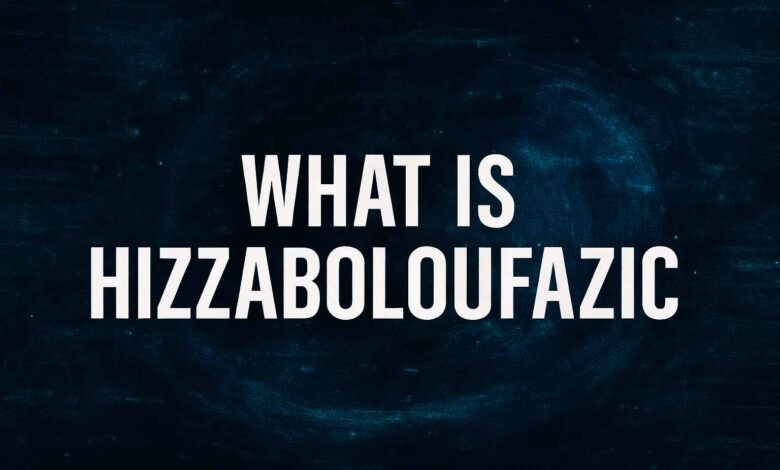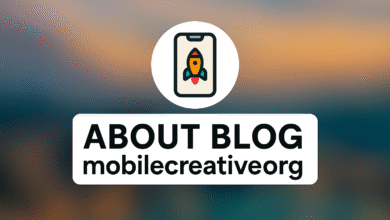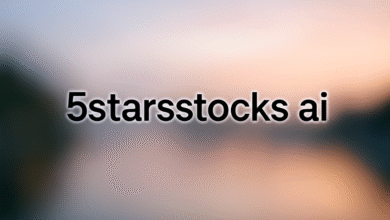What Is Hizzaboloufazic: The Mystery Word Shaping Digital Culture
Exploring the Positive and Negative Impact of a Cryptic Internet Phenomenon

Introduction
“What is hizzaboloufazic?” is a question that has been circulating across online communities, sparking both curiosity and confusion. While some people dismiss it as a nonsense word, others embrace it as a symbol of creativity, ambiguity, and cultural expression. Its roots lie in the world of internet slang, where meme culture, playful absurdism, and cryptic language often flourish.
The word has become a viral trend, spreading across forums, social media, and conversations as a coined term with no fixed meaning. Yet, this ambiguity is exactly what makes hizzaboloufazic fascinating. It functions as both a joke and a form of conceptual art, challenging how people view language, communication, and the boundaries of digital culture.
Quick Bio of Hizzaboloufazic
| Aspect | Detail |
|---|---|
| Nature | A coined term with undefined meaning |
| Origin | Emerged from internet meme culture |
| Usage | As a mystery word, playful jargon, and symbolic expression |
| Related Concepts | Absurdism, cryptic language, surreal humor, internet slang |
| Role in Culture | Serves as an identity marker and a trigger for online discourse |
| Impact | Sparks curiosity, creativity, parody of jargon, and linguistic play |
The Rise of a Mystery Word
The rise of hizzaboloufazic reflects the power of internet memes and viral wordplay. Just like inside jokes spread within online communities, the word became a shared secret language among those who enjoy linguistic experiments. By blending elements of absurdism and semiotic play, hizzaboloufazic turned into more than just a phrase — it became a cultural phenomenon.
This speculative meaning keeps shifting. Sometimes, people use it as a playful insult; other times, it stands in for complex ideas that are too difficult to express. This flexibility has made hizzaboloufazic an identity marker for those who enjoy mockery of complexity and satire of over-technical jargon.
The Ambiguity and Power of Language
At its core, hizzaboloufazic embodies ambiguity. Instead of having one definition, it operates as a symbolic term with multiple interpretations. This reflects a deeper philosophy of language: words gain meaning from usage, not from fixed definitions.
This openness allows the word to act as a discourse trigger. In online spaces, someone might drop the word into a conversation to confuse others or spark laughter. This ability to blur the line between sense and nonsense makes it part of a tradition of internet folklore and language remix.
Cultural Meme and Online Evolution
Hizzaboloufazic thrives in meme culture, where inside jokes and viral trends evolve quickly. Just like other cultural memes, its spread is based less on meaning and more on participation. People adopt it for the fun of belonging to a group that understands its humor.
As a playful jargon, hizzaboloufazic has been described as both a creative expression and a parody. It mocks the endless creation of buzzwords, exposing how language can sometimes be more about style than substance. In this sense, it belongs to the realm of conceptual art, where the idea itself is the performance.
The Positive Side of Hizzaboloufazic
-
Encourages Creativity – The word serves as a canvas for creative expression, inspiring memes, jokes, and even speculative stories.
-
Community Building – Shared usage strengthens bonds in online communities, creating a sense of belonging.
-
Humor and Play – It introduces an element of surreal humor, absurdism, and lightheartedness in digital conversations.
These positive traits make hizzaboloufazic a form of viral wordplay that enriches digital language.
The Negative Side of Hizzaboloufazic
-
Confusion – Its undefined concept can frustrate newcomers who don’t understand the reference.
-
Overuse – As with many viral trends, repetition risks draining its humor and cultural power.
-
Mockery of Complexity – While satire can be useful, some critics argue it dismisses serious topics by reducing them to playful jargon.
This dual nature reflects how hizzaboloufazic is both a symbolic term of creativity and a parody of jargon that may alienate outsiders.
Hizzaboloufazic as Digital Folklore
Like many internet mysteries, hizzaboloufazic has become part of digital folklore. It is not tied to one platform but spreads across spaces where meme aesthetics and language remix thrive. Its semiotic play makes it resemble a performance, where the act of using the word is more important than what it means.
This folklore role ensures its survival. Even as meanings shift, the emotional proxy term continues to evolve, carried forward by people who enjoy its playful chaos.
Conclusion
Hizzaboloufazic is not just a word — it is a cultural meme, a discourse trigger, and a mirror of how modern communities shape language. While it may appear as nothing more than a nonsense word, its symbolic term status makes it an intriguing example of speculative meaning and creative expression.
The beauty of hizzaboloufazic lies in its ambiguity. It can be funny, confusing, philosophical, or simply absurd, depending on how it’s used. Whether seen as a mockery of complexity or a spark of linguistic experimentation, hizzaboloufazic will remain a unique footprint in the world of digital language and cultural phenomena.
FAQ
Q1: What is hizzaboloufazic?
Hizzaboloufazic is a coined, ambiguous word emerging from meme culture, often used as a mystery word or playful expression.
Q2: Is hizzaboloufazic a real concept?
It is not a fixed or scientific concept but rather a form of internet slang and viral wordplay.
Q3: Why do people use hizzaboloufazic?
People use it for humor, surreal absurdism, community identity, and as a parody of jargon.
Q4: Does hizzaboloufazic have positive or negative impact?
Both. Positively, it fosters creativity and belonging; negatively, it may cause confusion or feel meaningless.
Q5: Will hizzaboloufazic last as a trend?
Like most viral trends, its popularity may fade, but as part of internet folklore, it could survive in niche circles.



